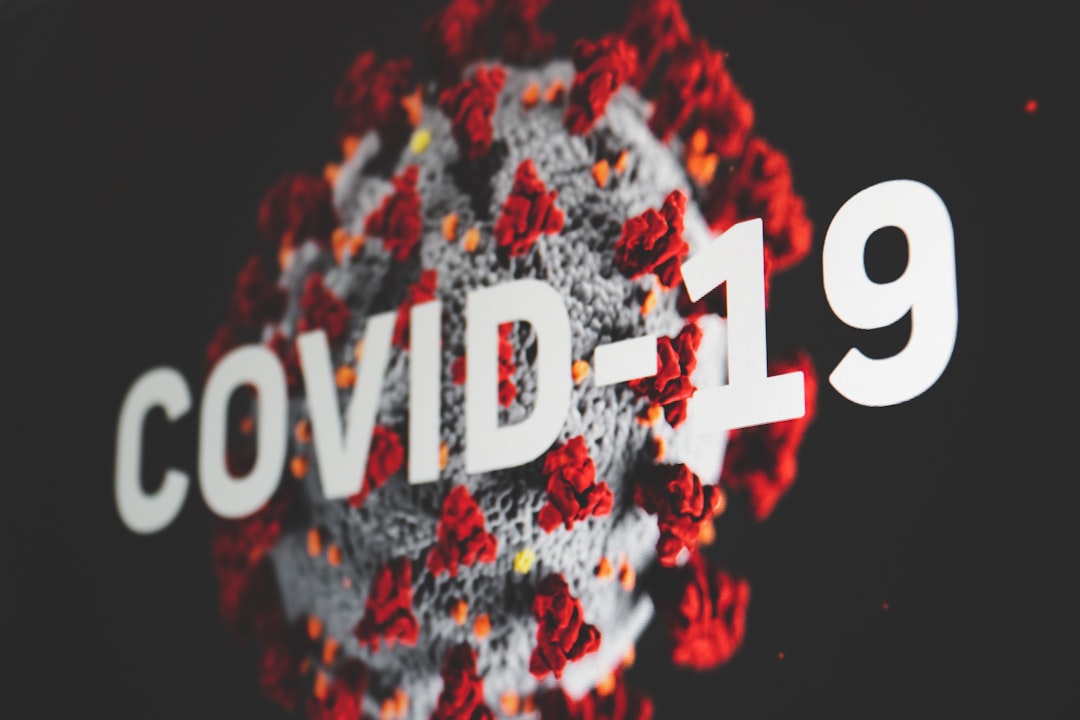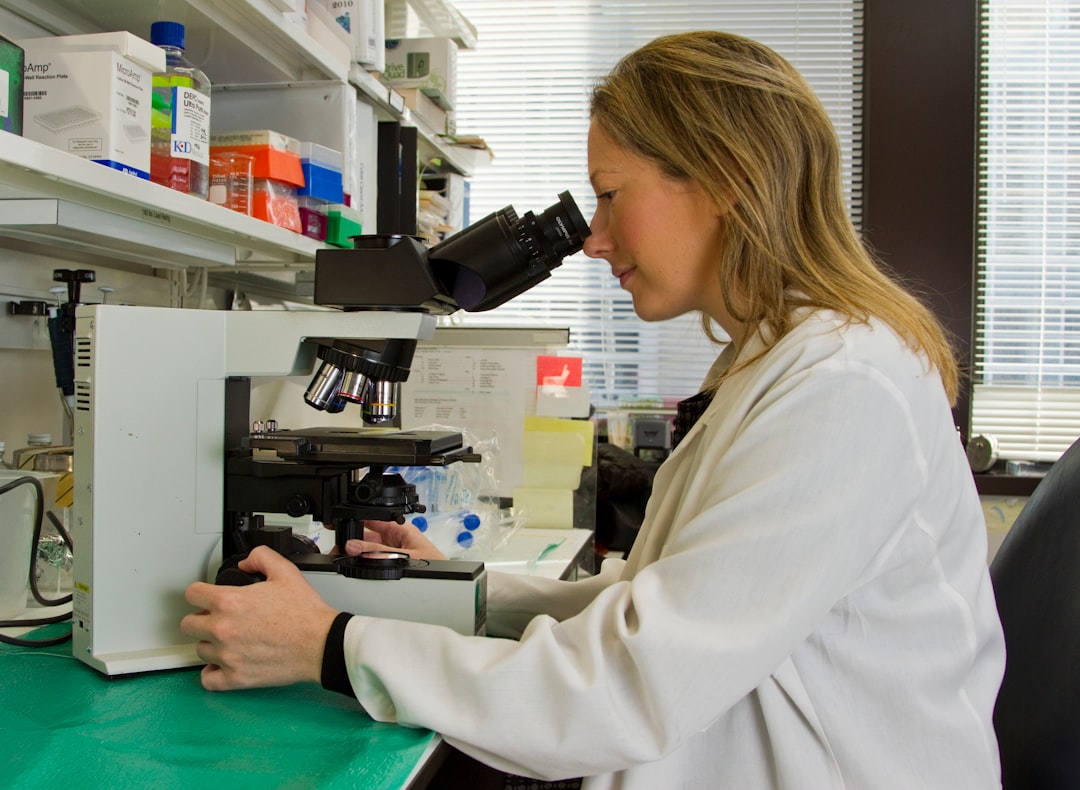What is it about?
This study scrutinized the capacity of the spheroid-based angiogenesis assay to mimic angiogenesis, to identify the pro- and anti-angiogenic capacity of approved drugs and to improve its robustness by utilizing immortalized endothelial cells.
Featured Image
Why is it important?
While the presented assay is widely used, detailed reports about its advantages and limitations are lacking. By verifying its compatibility with immortalized endothelial cells and drug screening purposes, our study may further expand its range of use. Moreover, to our knowledge, this is the first time that angiogenic tip cell formation is shown in time-lapse recordings, underlining the capacity of this assay to mimic this important step of the angiogenic cascade in vitro. Finally, with our screening approach, we identified as yet unknown pro- and anti-angiogenic properties of 880 individual drugs. For instance, Perhexiline - a prophylactic antianginal agent - has been shown to robustly inhibit angiogenic sprouting.
Perspectives
From my perspective of view, the spheroid-based angiogenesis assay is one of the most advanced and economical approaches to study angiogenesis in vitro. Considering the physiological relevance of angiogenesis in the context of human diseases such as cancer or diabetes, utilizing this assay to rapidly assess the potential anti- or pro-angiogenic capacity of drugs may spur the development of novel therapeutic applications.
Dr Thomas Korff
Heidelberg University
Read the Original
This page is a summary of: Endothelial cell spheroids as a versatile tool to study angiogenesis in vitro, The FASEB Journal, April 2015, Federation of American Societies For Experimental Biology (FASEB),
DOI: 10.1096/fj.14-267633.
You can read the full text:
Resources
Contributors
The following have contributed to this page










